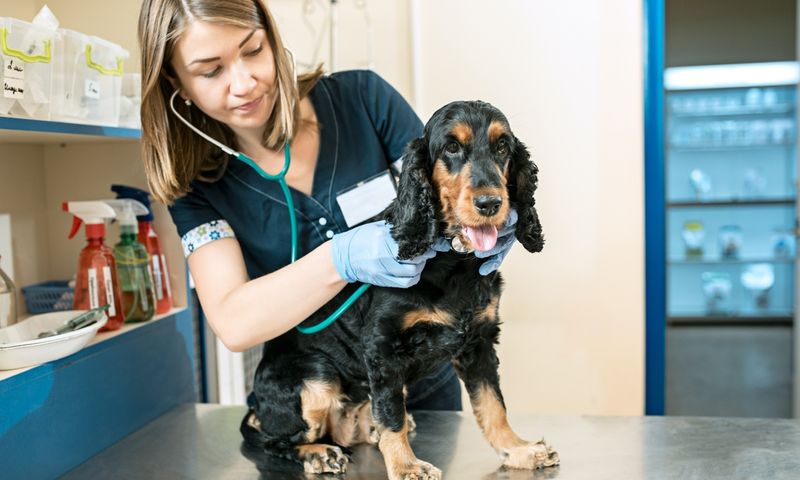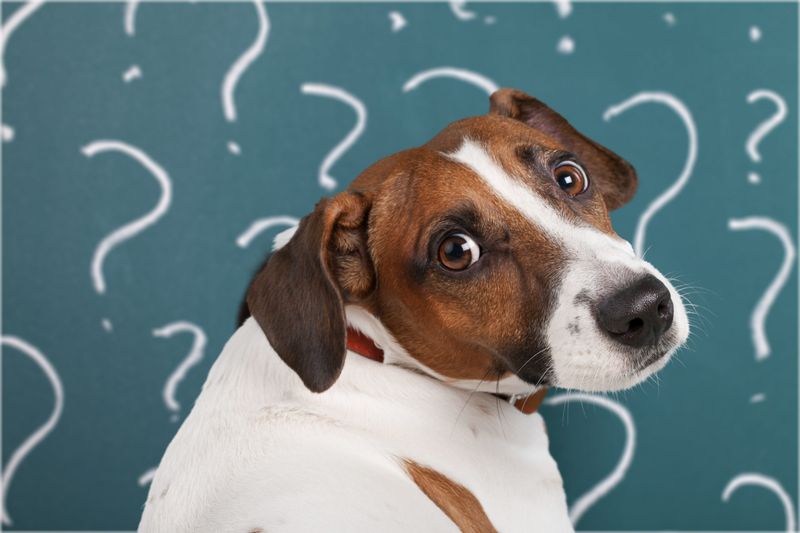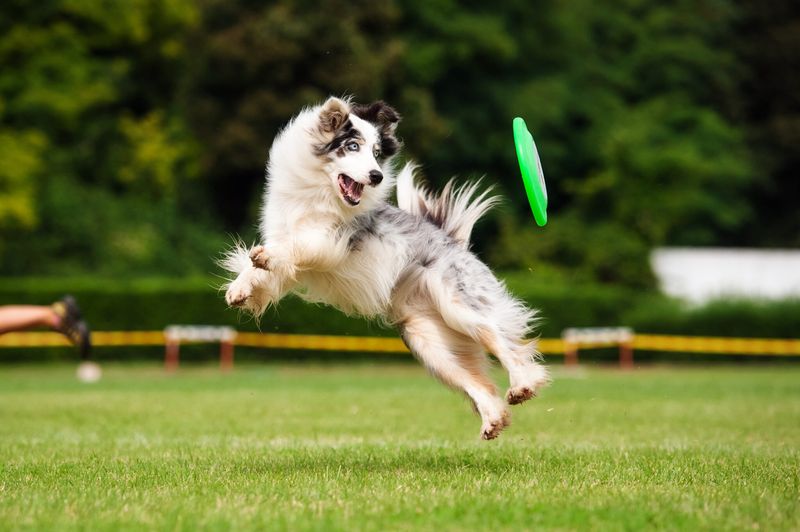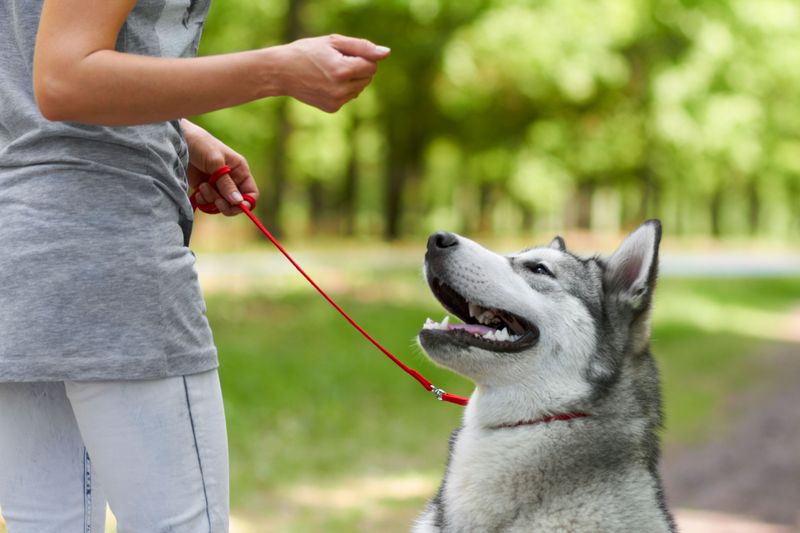14 Things Every Dog Owner Should Be Aware Of According To Veterinarians

As a dog owner, you want the best for your furry friend, but sometimes it’s easy to miss important details that can make a big difference in their health and happiness.
Veterinarians have years of expertise and insights that every dog parent should know. From common health concerns to everyday habits, these tips will help you provide the best care possible for your canine companion.
1. Annual Vet Visits

Regular vet visits are crucial for your dog’s health. Just like humans need check-ups, dogs require annual examinations to catch potential issues early. Vets can spot signs of illness that may not be obvious to you.
During these visits, vaccinations are updated to maintain immunity against diseases. Discussions about diet, behavior, and dental care also take place. It’s an opportunity to address any concerns.
Remember, preventing health problems is often easier and less costly than treating them. So, make these visits a priority to keep your furry friend in tip-top shape!
2. Understanding Body Language

Dogs communicate through body language, and learning to read these signals can enhance your bond. A wagging tail might not always mean happiness; it could signal excitement or anxiety.
Observe their ears, eyes, and posture for clues about their mood. A relaxed dog will have a loose, wiggly body, whereas stress might cause them to stiffen or tuck their tail.
By understanding these cues, you can respond appropriately, providing comfort or play when needed. It’s a fun way to connect and ensure your dog feels understood and loved.
3. Proper Nutrition

Feeding your dog a balanced diet is essential for their well-being. High-quality dog food, tailored to their age, size, and activity level, ensures they get the necessary nutrients.
Avoid table scraps, as they often contain unhealthy ingredients. Instead, choose treats designed for dogs, which can also aid in training.
Hydration is just as important, so always provide fresh water. Consult your vet for dietary guidelines and adjustments as your dog grows.
A nutritious diet supports their energy levels and overall health, making for a happier pup.
4. Dental Care Matters

Good dental hygiene is vital for your dog’s health. Dental disease can lead to pain and other health issues, so it’s important to brush your dog’s teeth regularly.
Use a toothbrush and toothpaste specifically designed for dogs to avoid harmful ingredients found in human products. Introduce brushing gradually, making it a positive experience with rewards.
In addition to brushing, dental chews and regular vet check-ups help maintain oral health. Keeping those canine teeth clean can prevent costly treatments and keep their breath fresh!
5. Exercise Is Essential

Exercise is key to a happy, healthy dog. Daily walks, playtime, and interactive games provide mental and physical stimulation.
Different breeds have varying exercise needs, so tailor activities accordingly. A high-energy dog might enjoy agility courses, while others are content with leisurely strolls.
Regular exercise helps prevent obesity and reduces behavioral problems stemming from boredom. It’s also a wonderful opportunity for you to bond and have fun together.
Keeping your dog active enriches their life and strengthens your connection.
6. Socialization Skills

Socialization is crucial for a well-adjusted dog. Exposing your puppy to various people, environments, and other animals builds their confidence and reduces fear-based aggression.
Puppy classes and dog parks are great for meeting other dogs and learning social cues. Supervised play helps them understand boundaries and improves their behavior.
Well-socialized dogs are typically happier and more relaxed. They adapt well to new situations, making them a joy to be around. So, encourage those interactions early for a friendly canine companion.
7. Training And Commands

Training is the foundation of a well-behaved dog. Teaching basic commands like sit, stay, and come helps manage their behavior and keeps them safe.
Positive reinforcement is effective; reward good behavior with treats and praise. Consistency and patience are key to successful training.
Enrolling in training classes can provide professional guidance and enhance your skills. Training isn’t just about obedience; it’s a way to stimulate their mind and strengthen your bond. A trained dog is a happy dog!
8. Recognizing Illness Signs

Being aware of signs of illness can save your dog’s life. Changes in behavior, appetite, or energy levels often indicate something is wrong.
Look out for symptoms like vomiting, coughing, or limping. Early detection and veterinary intervention can prevent more serious health issues.
Keeping track of their normal habits helps you notice when something’s off. Regular vet visits are also crucial for early diagnosis. Understanding these signs ensures prompt care and a healthier life for your dog.
9. Safe Environment

Creating a safe environment at home is essential for your dog’s safety. Remove hazardous items like toxic plants, chemicals, and small objects they might swallow.
Provide a comfortable space with a bed, toys, and fresh water. Safe spaces help them feel secure and reduce anxiety.
Regularly inspect your home for potential dangers, especially if you have a curious pup. A safe home fosters peace of mind for you and safety for your furry friend.
10. Grooming Routine

Regular grooming keeps your dog looking and feeling great. Brushing removes dirt and prevents mats, while baths keep their coat clean and smelling fresh.
Different breeds have specific grooming needs, so tailor your routine accordingly. Nail trimming, ear cleaning, and coat care are all part of keeping them healthy.
Grooming can also serve as bonding time, where you shower your dog with attention and care. A clean dog is a happy dog, and proper grooming contributes to their overall well-being.
11. Importance Of Microchipping

Microchipping offers peace of mind by increasing the chances of a lost dog being reunited with its owner. The procedure is quick, safe, and lasts a lifetime.
Unlike collars that can fall off, a microchip provides permanent identification. Ensure your contact information is up-to-date in the microchip registry.
It’s a small step that makes a big difference in your dog’s safety. If they ever wander off, a microchip can bring them back home to you.
12. Recognizing Anxiety

Dogs, like humans, can experience anxiety. Recognizing signs such as pacing, excessive barking, or destructive behavior is important.
Create a calming environment by providing a safe space with familiar items. Routine and exercise also help manage anxiety.
Consult a vet for advice if anxiety persists. Understanding these signs and offering support ensures your dog feels secure and loved. Your reassurance can make all the difference in their confidence and happiness.
13. Understanding Canine Hydration

Dogs need ample hydration for optimal health. On a warm day, dogs can become dehydrated quickly, leading to health issues. Always ensure fresh water is accessible throughout the day.
Monitoring water intake is crucial, especially after exercise. If your dog’s water intake changes suddenly, it could indicate health problems.
Some dogs love playing with water, so consider investing in a pet fountain. This can keep them entertained and hydrated simultaneously. Ensuring your dog stays hydrated will maintain their energy levels and prevent potential health complications.
14. Toxic Foods To Avoid

Many common foods are dangerous for dogs. Chocolate, grapes, and onions top the list of toxic foods that can cause severe reactions.
Even a small amount of these can lead to vomiting or worse. It’s essential to keep such foods out of your dog’s reach and educate family members about the risks.
If your dog ingests something harmful, contact a veterinarian immediately. An ounce of prevention goes a long way in ensuring your pet’s safety. Keep a list of toxic foods handy for quick reference and to inform others.






